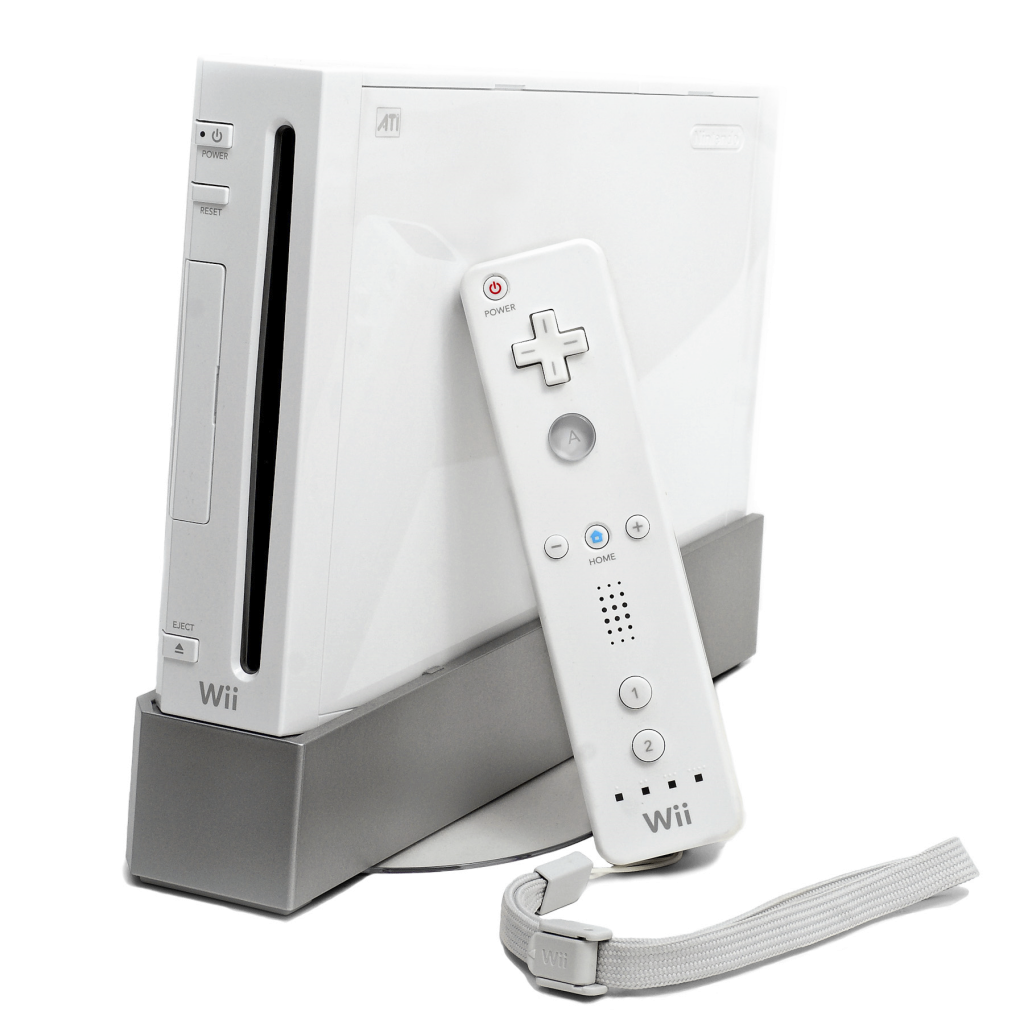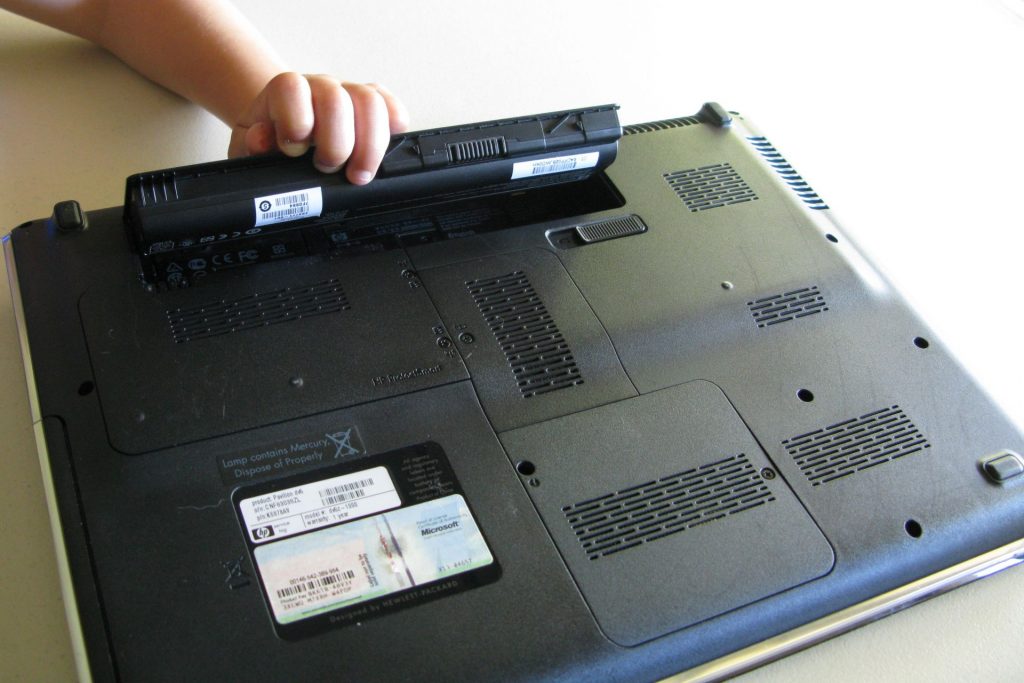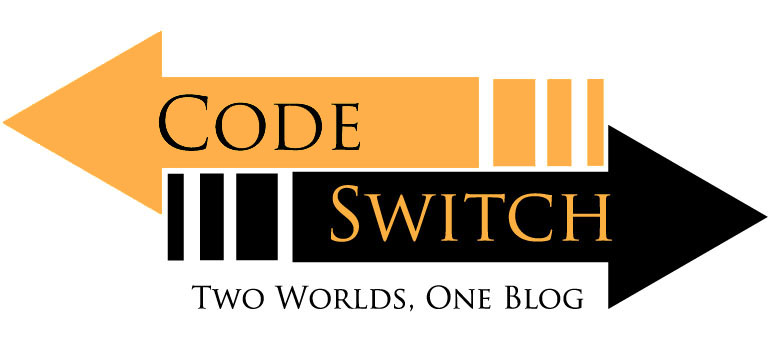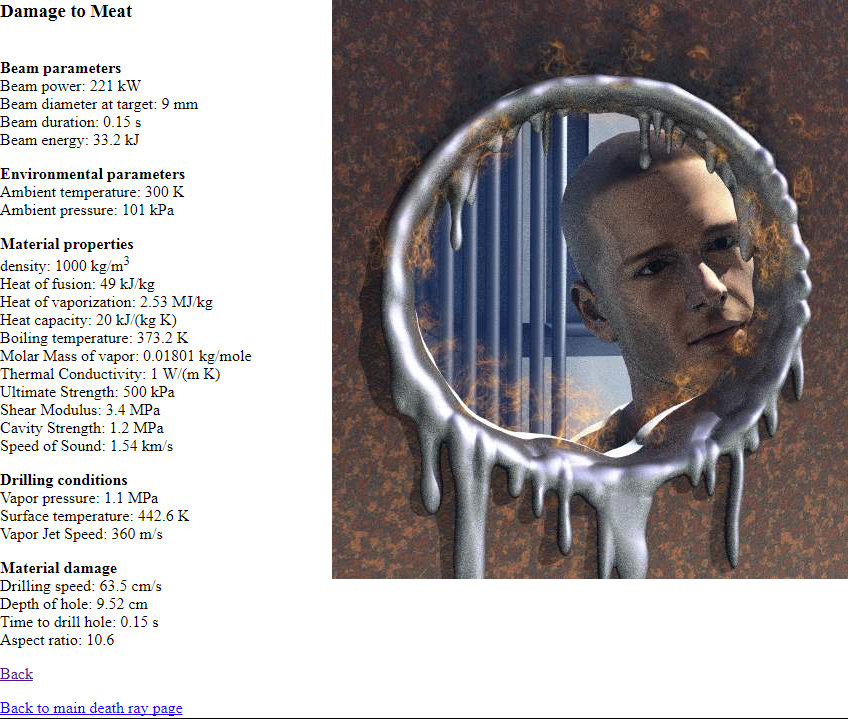Hi, my name is James and welcome to Code/Switch. Today, I want to talk about lasers and batteries. After sitting down and overcoming my salt at how lasers work in Starfinder, I started to appreciate how cool the thing that gave them energy was, their battery. Batteries in Starfinder are standardized in a similar way to how batteries are today; as long as you have the proper connections the battery will discharge power. Lasers use a lot of energy, as an example Lockheed Martins ADAM Laser defense system uses 10 Kilowatt hours of electricity to turn an incoming missile into an incoming debris hazard. 1 Kilowatt is enough to power a Nintendo Wii for 50 hours, and the ADAM systems laser uses as much power as running 500 of them. Electricity isn’t expensive, relatively, but storing it is a problem.

The math also shows you don’t need a laser to get rid of 500 Wii’s, they become irrelevant faster than they could be destroyed anyway.
The batteries we use today usually come in the form of alkaline batteries in devices, or lithium batteries in electronic like phones, tablets, and laptops. You standard AA battery has a maximum total energy availability of 4.2 watt/hours . For Boeings cool ADAM laser, you’d need to use 2,381 AA batteries to power it, ignoring considerations for things like voltage. I went to Amazon to find the cheapest AA battery bundle I could and came up with this janky looking listing for 100 batteries for $44, 2,381 batteries would only cost you the low, low sum of $1,047 to operate the ADAM. Lithium-Ion batteries fare a bit better, with a lower overall cost due to their rechargability, but even they have a finite lifespan.

Like when they die by exploding in your lap.
This is so impressive because that ADAM system is not an anti-personnel weapon. Yeah it can destroy a missile, but it has to focus on a specific spot for a dozen or so seconds to complete its objective. In every day terms, 12 seconds is enough for a person to go “This is uncomfortable” and move 3 inches to the left to avoid the hot spot. Laser weapons in Starfinder have to be more powerful than today’s laser weaponry and their power sources are even more advanced than that!
This bring us to our crux about lasers, How to Build a Laser Death Ray. This immense calculator allows you to plug in variables about your laser and see the results against a variety of materials, one of which is “flesh”. I’m unable to find the diameter of the ADAM system so I put in 9mm, like the handgun bullet and plugged in ADAMs 10kW laser and according to the calculator the beam of light will drill through flesh at 4.2cm(1.6in)/second, more dangerous than I initially envisioned but by no means a replacement for good ol’ firearms. To be similarly effective to a firearm, this laser weapon would have to reliably penetrate 3.5-4in within the space of the human reaction time to touch stimuli so that the victim can’t flinch a mortal wound into a grazing one. The human reaction time to touch stimuli is ~.15 seconds, or 150ms. This laser would have to penetrate on average 9.53cm (3.75in) in that span and for that we’d need a laser that would penetrate 63.5 (25in)/second. Plugging those numbers into that calculator your standard laser would need to use 221kWh of power over 150ms to hit a depth of 9.52cm (3.75in). This is 21 times more power used then a shot from the ADAM system.
The real star of the show here is the battery. The cheapest battery in Starfinder has 20 charges, enough to fire the weakest laser pistol 20 times. A laser pistol that every shot would consume 221kWh per shot, making this battery able to hold 4,420 kWh for the low, low price of 60 credits. If a Lithium-ion battery were to hold that much power it would be $88,400 and be 25.5 cubic feet! These batteries are so powerful they could power the average U.S. household for nearly 5 months! To top it off, these batteries are cheap in Starfinder. The future is wild, but don’t forget to marvel at the little things that make the cool things possible.







